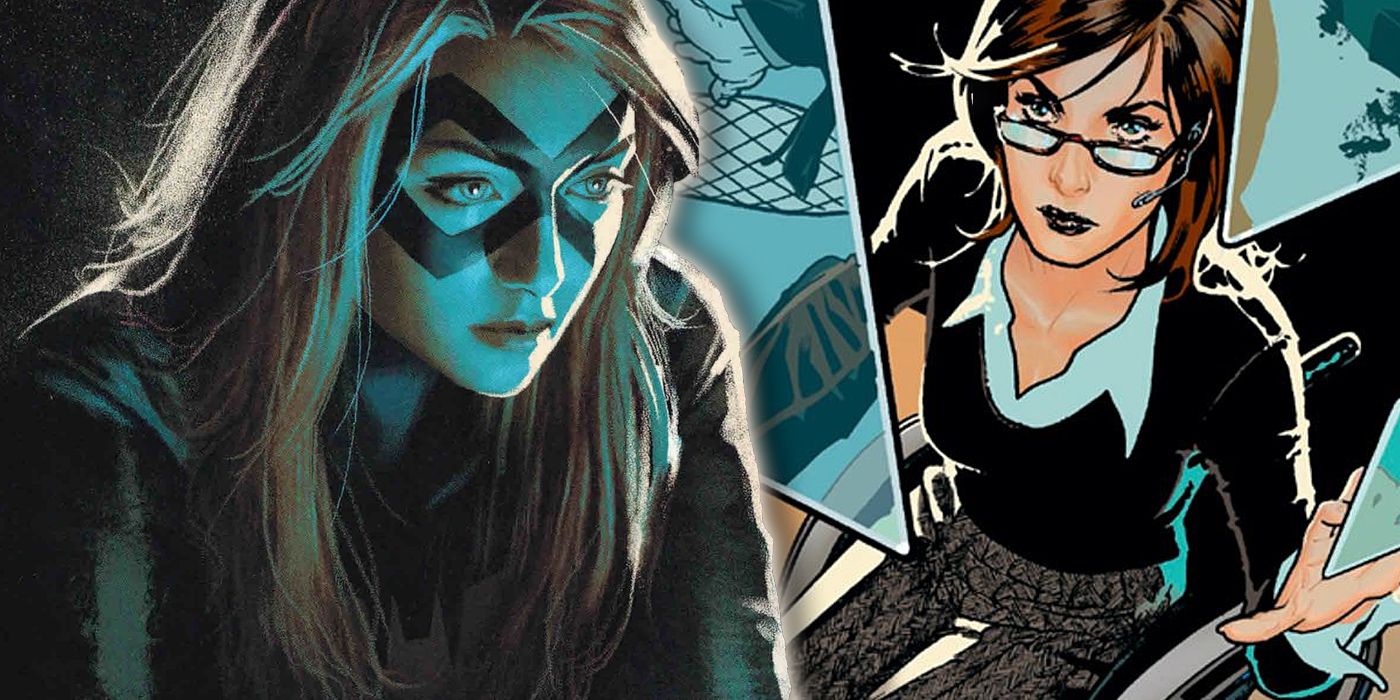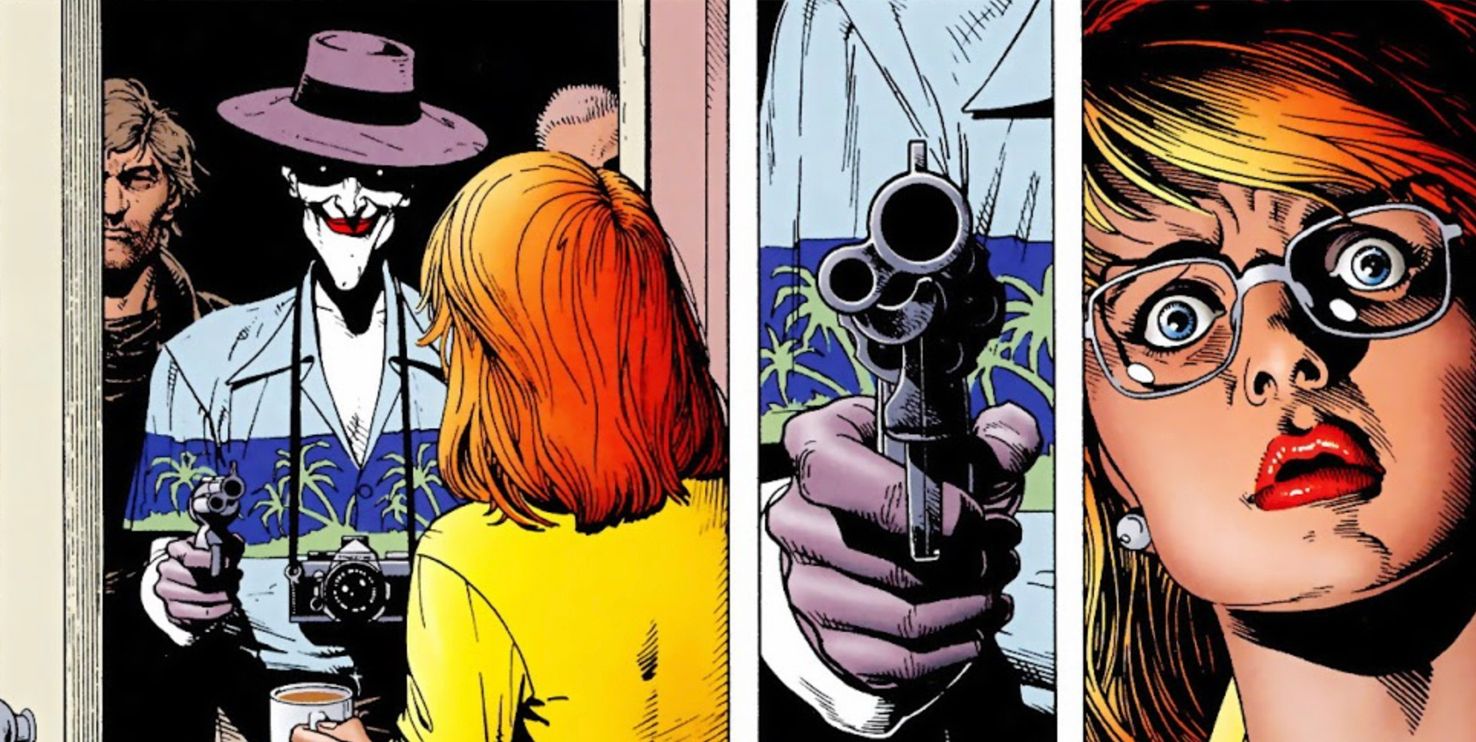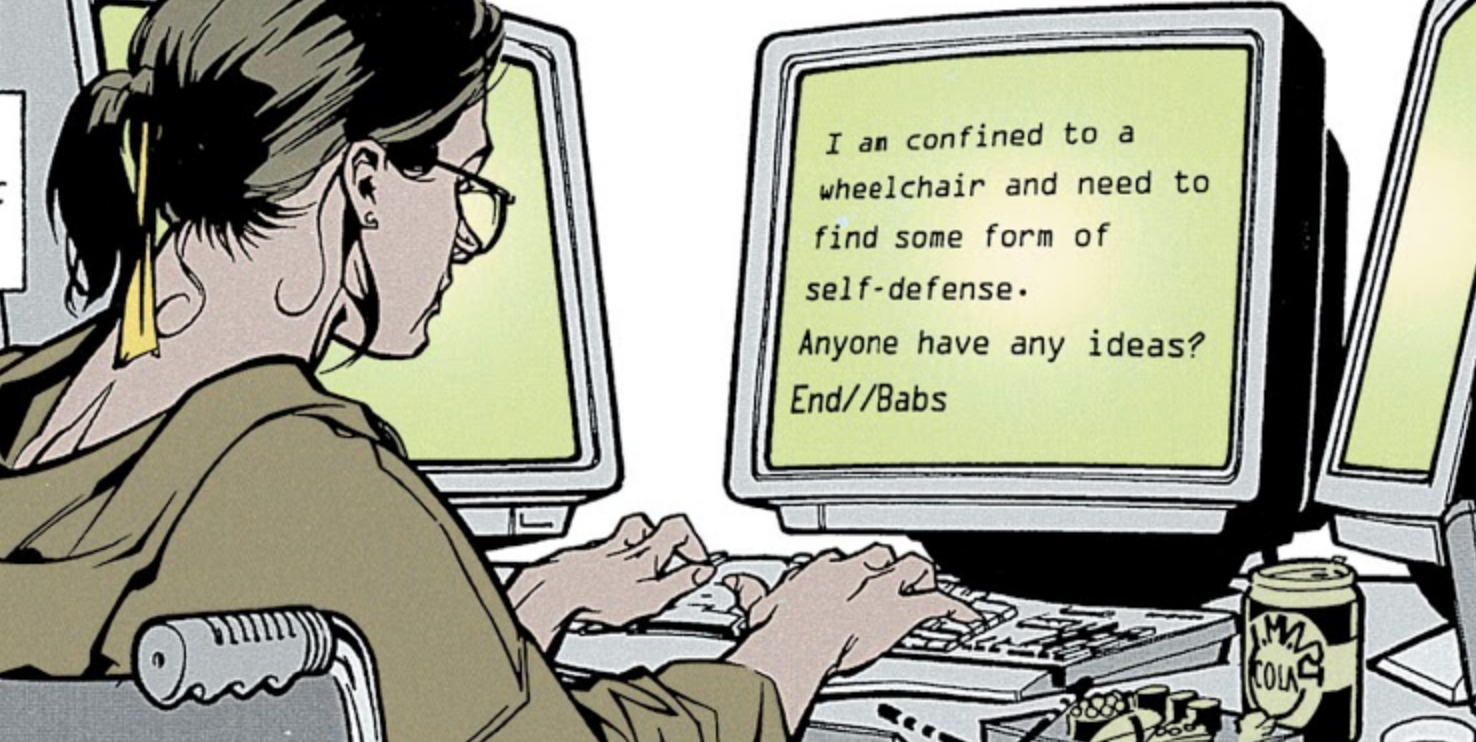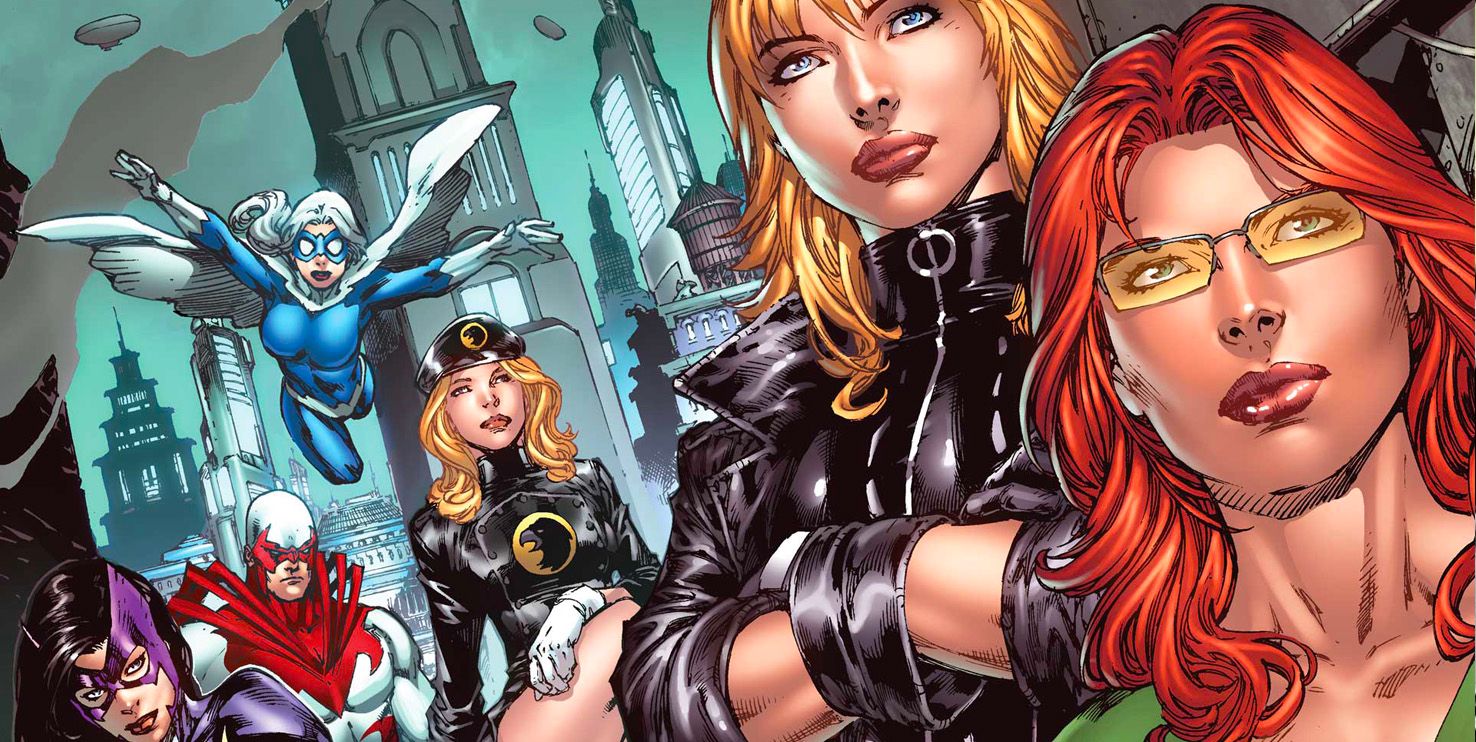
Back in 1988, Alan Moore and Brian Bolland's Batman: The Killing Joke became a milestone issue for Batman comics which is often hailed as the pinnacle of Batman/Joker stories. However, the title has gained a lot of infamy for its treatment of Barbara Gordon and after the events of The Killing Joke, many thought Gordon's days as a superhero were over.
However, Oracle changed all of that. Due to the work of motivated creators and inspired storytelling decisions, Barbara Gordon returned to the superhero world with a new identity that she used to save the world from behind her computer screen. Now,we're taking a look back at how the former Batgirl found a new heroic life as Oracle.

Since The Killing Joke's original release, the graphic novel has come under increasing scrutiny from critics and fans alike, especially those who view the story through a feminist lens. In that context, the assault, crippling and overall treatment of Barbara Gordon has been reassessed to be extremely troubling.
As a Batman/Joker story, The Killing Joke is legendary and has earned its praise in many ways. As a story featuring Barbara Gordon, however, it falls short. Alan Moore himself has even distanced himself from the project, critical of the decision to paralyze Barbara in such a way, saying: "It was probably one of the areas where they should've reined me in, but they didn't."
In The Killing Joke, Barbara isn't just shot and paralyzed, she's stripped naked and tortured for her father's misery. Her injury and assault are what motivates the story through progression, pushing both Bruce and her father, Jim Gordon into a series of action and reactions. The Joker thrives on Barbara's pain to make a point to Batman: that anyone who has just one bad day can turn out like him.
While her character is critical to the story of The Killing Joke, she's barely featured in any panels. She's shot, tortured, then taken to the hospital where Bruce and Jim both blame themselves over what happened. In short, her pain, torture, and abuse was nothing more than a plot point to motivate male heroes, a trope that has been unfortunately all too consistent in the treatment of female characters.

During Kim Yale John Ostrander and Luke McDonnell's run on the Suicide Squad, a mysterious character named Oracle appears through a computer screen starting at issue #23, and Oracle was revealed to be this mystery hero in Suicide Squad #38.
Oracle would go on to join the Suicide Squad in issue on an invitation by Amanda Waller. Yale and Ostrander's run is also significant because, through flashbacks, the events of The Killing Joke are revealed through Barbara Gordon's eyes, which finally gives her story a voice. She even attends therapy, attempting to heal some of the scars of her trauma.
Yale and Ostrander took the time to develop Barbara and examine how those events had affected her, even in later stories like the "Oracle: Year One" story in The Batman Chronicles #5, which featured art from Brian Stelfreeze. Taking place right after The Killing Joke, Yale and Ostrander's Barbara in this story is angry, depressed and trying to adapt to such an intense change in her life.
She feels useless and at times and declares that she feels like a victim all over again through the treatment of others. Through the events of "Oracle: Year One," Barbara decides to take back her life, using her skills as a researcher and technological prowess to fight back. She couldn't be Batgirl anymore, but she could still be a superhero.
She also receives training from Richard Dragon, determined to never let anyone make her feel like a victim again. In a dream sequence, she encounters an all-knowing Oracle, a figure commonly found in classic Greek literature. She laments that she feels like she's lost everything, but the Oracle tells her she has lost nothing.
It's a powerful story which depicts a young woman's journey to re-finding her inner strength. She is a survivor, someone who turned tragedy into triumph. For some disabled readers, Oracle was one of the few examples of a character who looked like them, someone they could relate to and was actually depicted in a positive light.

Throughout the years following Ostrander and Yale's books, Oracle was depicted as one of the smartest characters in the DC Universe. Throughout the rest of the Batman line, which was overseen by editor Dennis O'Neil, Barbara used her Oracle identity to feed Batman constantly and began proving that she was Batman's intellectual equal.
As Oracle, Barbara possessed genius-level intellect, photographic memory, intense knowledge of computers, and expert hacking skills, causing her to become indispensable to many heroes in the DC Universe.
Under writer Chuck Dixon's pen, she founded the Birds of Prey, enlisting her best friend, Black Canary, to help her expand her reach and serve as the team's muscle.
When characters express guilt or sadness over Oracle's situation, she assures them that she is living a happy, fulfilling life and that one tragedy has never defined her. Under later Birds of Prey writers like Gail Simone and Tony Bedard, Barbara made it clear, even to the Joker himself, that she lived a fulfilling life. She even punched a few of the Joker's teeth out, running his smile, when she encountered him again.
Barbara was also given new friends in the Birds, a team who also came to operate as a family, learning from each other and their experiences.

Oracle's connection doesn't just stop at the Birds of Prey and Batman. She's been essential to helping out Batman-adjacent characters like Nightwing, appearing quite often throughout his solo run. She also assisted Tim Drake as Robin, bonding over hacking skills and bouncing ideas off each other repeatedly.
Although she could no longer be Batgirl, she could help future generations take on the role. She was frequently featured in both Cassandra Cain and Stephanie Brown's books during their Batgirl tenure, acting as a mentor to both. Additionally, she has helped heroes like Green Arrow, Superman, and the Justice League. In Infinite Crisis, she teamed up with Martian Manhunter in Metropolis to counter the Secret Society's global jailbreak.
Perhaps one of the best examples of Oracle's expanded reach comes from Birds of Prey during the "Whitewater" arc. When Oracle is caught in Spy Smasher's cat and mouse game, struggling to maintain power over her own team's operations. Heroes from all over the DC Universe come to take a stand for Barbara, expressing how important she is to them and convincing Spy Smasher to back off.
Even though Barbara Gordon regained the use of her legs and began operating as Batgirl again in the New 52, her time as Oracle gave her a completely new way to thrive. The development that was invested in her character provided for a very real, raw, and powerful narrative. She was revolutionary in her portrayal as a female heroine, a trauma survivor, and as a disabled character, giving a strong voice to a character that was once robbed of one.
Add Comments